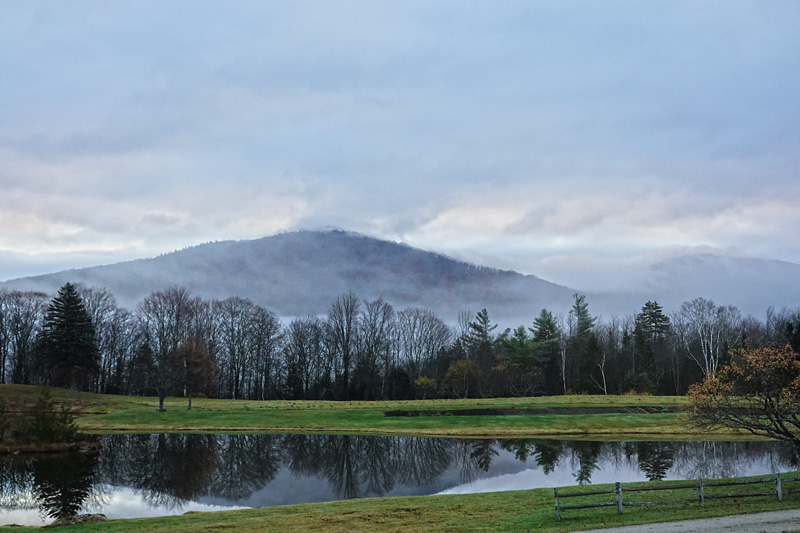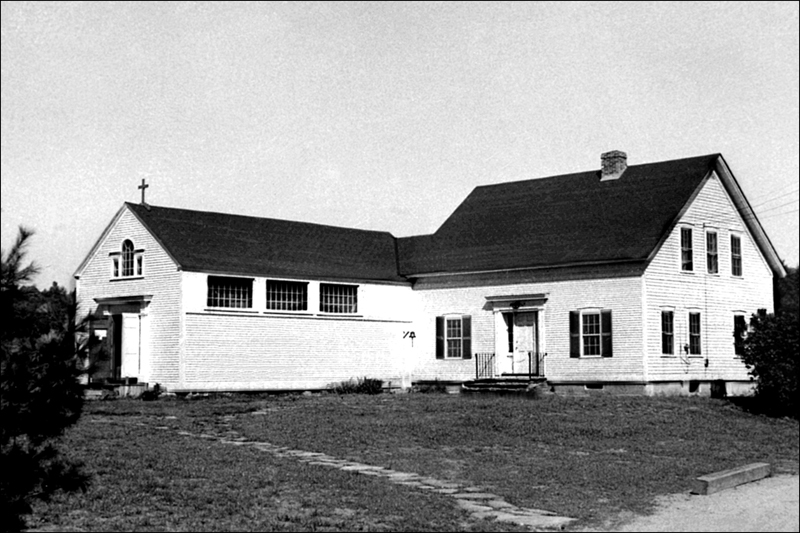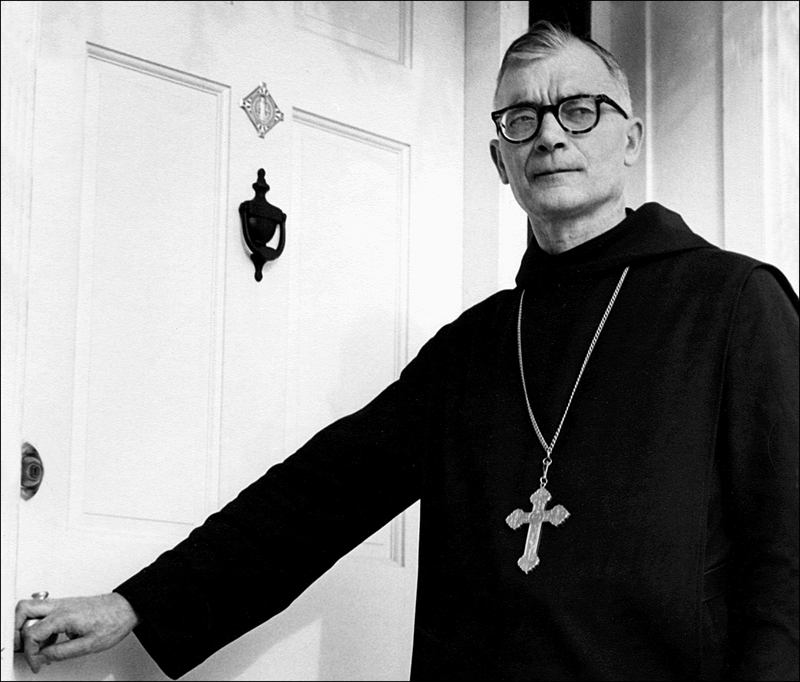
Tradition & Beginnings

As night is gradually transformed into the morning of a new day, the monks of Weston Priory unite in a prayer of praise and expectant waiting. While the monastery in rural Vermont, which is their home, was founded in 1953, their life together is rooted deeply in a monastic tradition that reaches back to the first centuries of the church.
In the third and fourth centuries of the Common Era, there arose a renewal movement of Christians seeking a life which would be centered in prayer, and which would be a witness to Gospel values in a society which progressively denied those values.
These followers of Jesus sought out habitations in the wilderness of Egypt and the Near East. There they were first called "monks," from the Greek word monos , "one," which may refer to the solitary location of their original dwellings, or to the singleness and goal of their search for unity.
For similar reasons, the Weston monks cherish the naturalness and remoteness of their setting in the Green Mountain National Forest.

As monasticism grew and spread throughout the early church, this way of life was formulated into a genre of wisdom literature, called a monastic Rule. Far from being a list of prescriptions, or "rules," a monastic Rule seeks to distill the values of the Gospel, the monastic tradition, and the lived experience of communities, as a guide for present and future generations.
Among these, by far the most lasting and influential has been that of Benedict of Nursia, the sixth century founder of a monastery on Montecassino in Italy. This is the Rule still read aloud each morning at Weston, and which continues to inspire the community's life.
His modest funds were sufficient for the purchase of a small abandoned farmhouse. This, with much work, became the monastery: the house providing living space for the first monks, and the attached haybarn becoming the first chapel.

From its earliest days, a fidelity to regular community prayer, a love for reflective silence, the reception of guests, the cultivation of farm and garden—all gave clear witness that ancient monastic priorities had taken root in the new foundation.
At the same time, the young community was constantly challenged by the insights of its founder to stay open to the Holy Spirit, to be aware of the signs of the times, and to strive for growth in Gospel and monastic values.
Two departures from prevailing monastic custom represented a return to a more ancient and original vision of the monastic life. At Weston, the monks' work was to be within the monastery, and, whether ordained or non-ordained, they would relate to one another on the basis of equality.
Thus, the monastery in Weston was well-founded in the traditional monastic values, but shaped by a contemporary consciousness.
